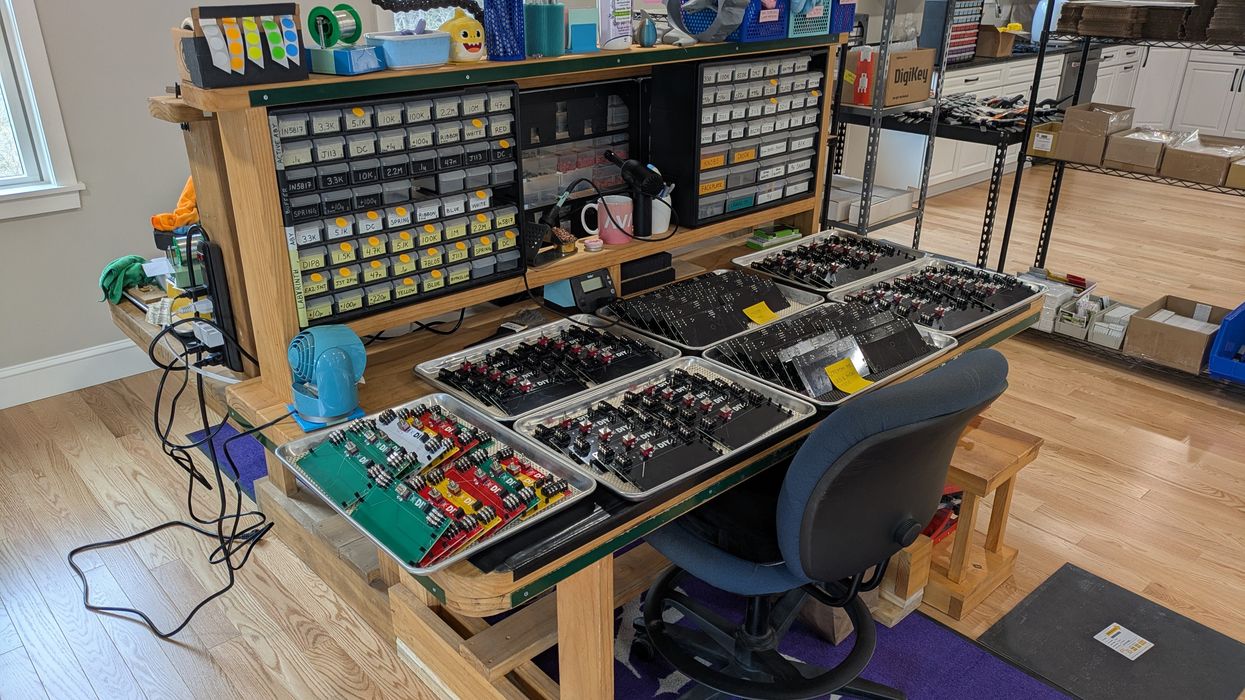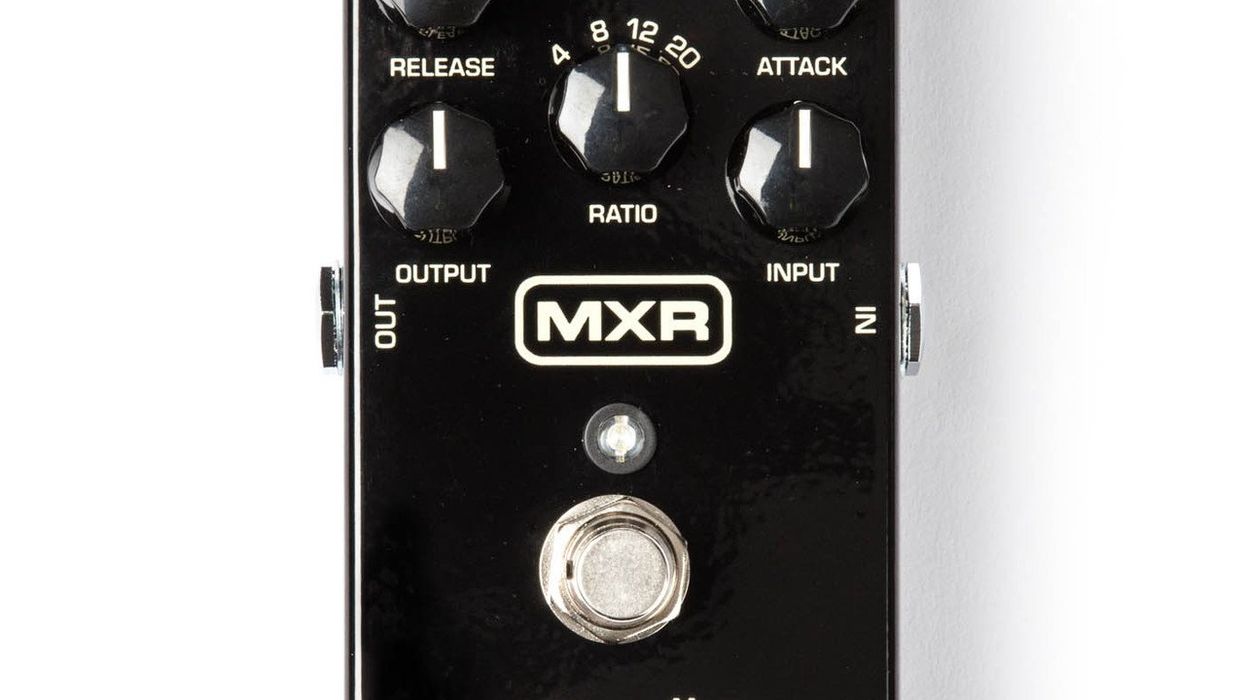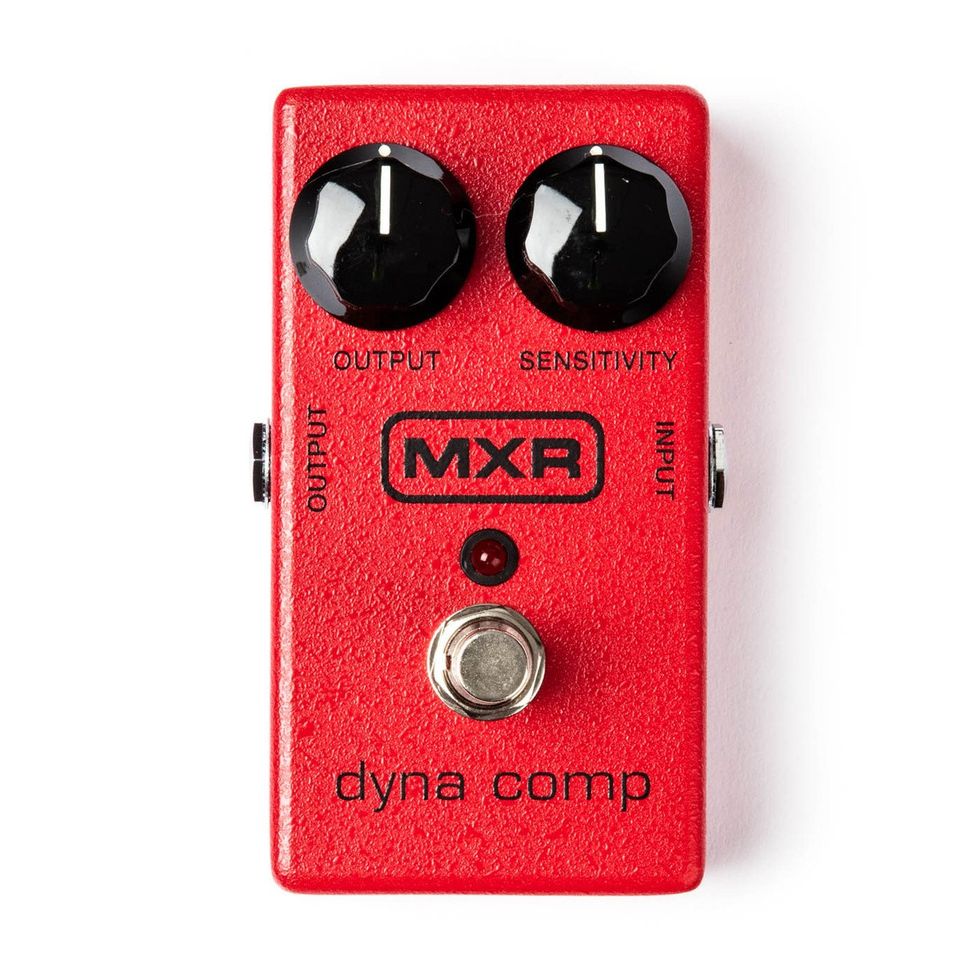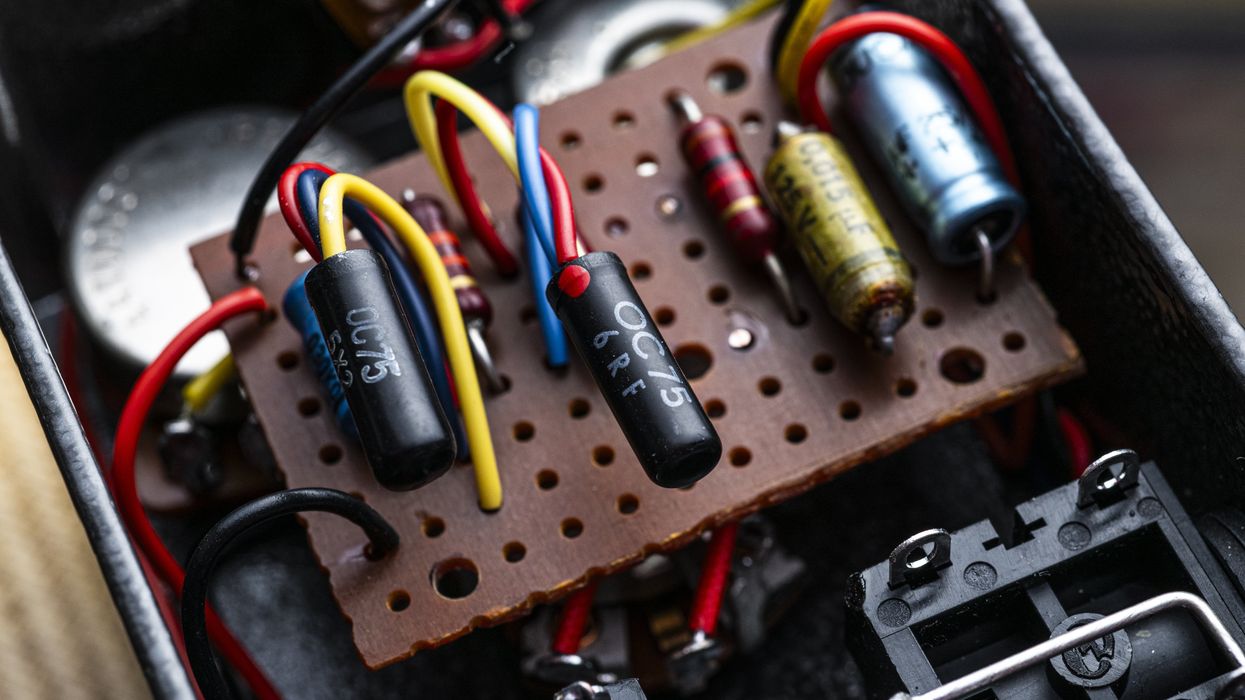By most accounts, the digital effects revolution began almost 50 years ago, when Eventide created the H910 Harmonizer. Early digital denizens included guitar players Eddie Van Halen and Frank Zappa, who used the harmonizer’s continuously variable pitch shifting to great effect in their recorded and live work. While extraordinarily clever, the earliest digital effects were absolutely primitive compared to the types of digital signal processors on the market today. That H910 harmonizer cost the equivalent of $7,500 when released, and equally capable effects can currently be had at about a twentieth of the cost, bringing digital effects to the feet of the masses, and their processing superpowers to our pedalboards.
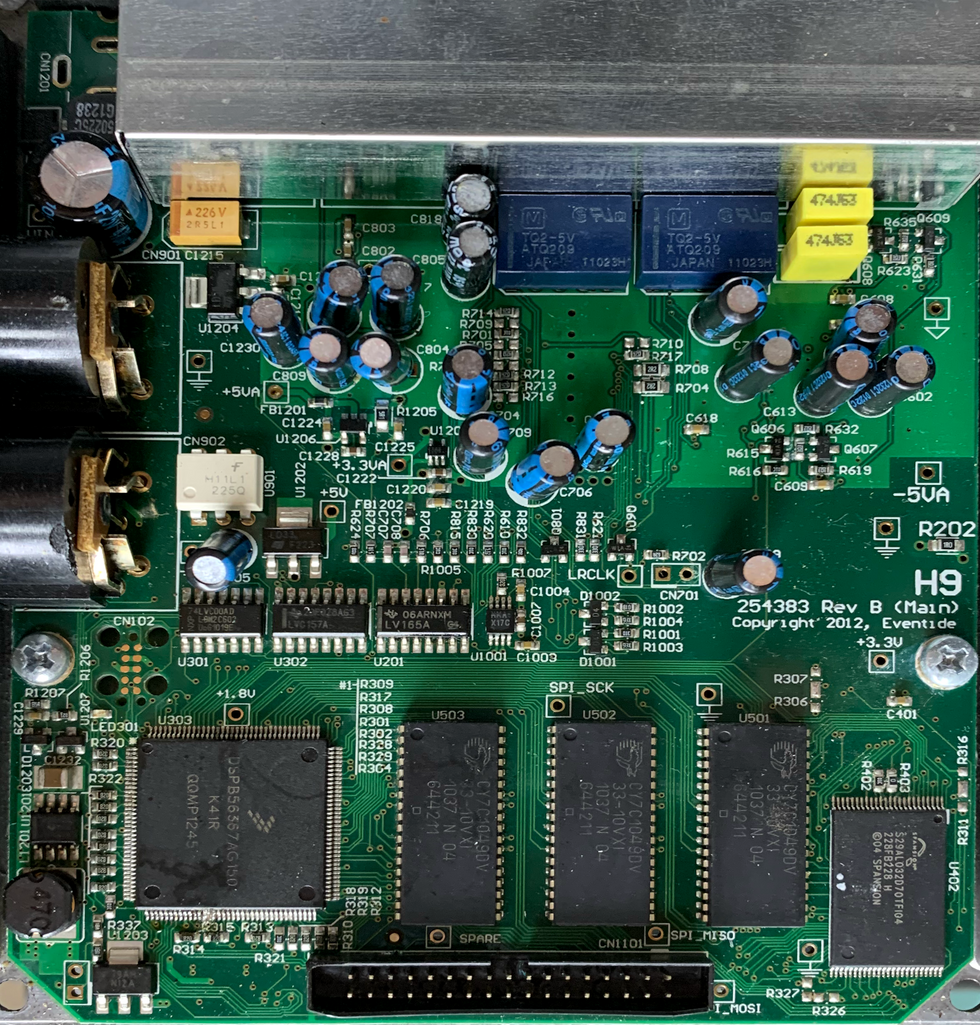
The circuit board above shows the density and complexity of old-school (DSP) digital signal processing, while modern DSP technology allows cleaner, simpler, and higher-functioning pedal builds.
At this point, the amount of words written in the analog versus digital debate likely rivals the number of celestial bodies in our galactic neighborhood. Discussing the chewiness of analog mids relative to the number of Big Muff variants your modeler offers is a surprisingly well-trod path, but how did we get from the revolution of the ’70s to the current digital regime?
The first digital effects were not like the highly integrated DSP (digital signal processing) pedals of today. Those pioneering engineers did not have the benefit of many of the building-block integrated circuits that have since proliferated the electronic component marketplace. A quick search for high-fidelity analog-to-digital converters yielded well over one thousand results. Back in the digital age’s infancy, none of these monolithic options existed. Designers had to roll their own ADCs using discrete components. What can be currently done with one chip would have taken upwards of 100 times more components to accomplish. This DIY ethos actually created some interesting artifacts that now make vintage digital effects coveted. For instance, the preamp of Lexicon’s classic PCM 42 digital delay had a compression and limiting circuit so that your signal would not overrun its primordial discrete ADC. That preamp became part of the “thing” that made people love the unit.
At this point, the amount of words written in the analog versus digital debate likely rivals the number of celestial bodies in our galactic neighborhood.
It wasn’t until the Boss DD-3 that engineers were able to produce a commercial digital signal processor in a compact pedal. The DD-3 benefitted from the fact that Roland/Boss had created an application-specific integrated circuit for use in their SDE-3000 rack mount delay and other products. Making a custom integrated circuit was (and still is) extraordinarily expensive, but Roland used its considerable buying power to condense many of the required digital delay functions onto a single piece of silicon. Boss designers shoehorned the chip into one of their compact pedal enclosures, added some analog signal conditioning, sprinkled in some RAM, and the DD-3 was born. Even the DD-3’s level of integration was bound to be bested, though. By 2006, a company called Spin Semiconductor developed an affordable DSP chip that contained practically everything required for effects processing, resulting in a small, easy-to-use platform that has facilitated a boutique DSP effects explosion.
Many of these effects are still a relatively black-box affair. Whatever the manufacturer programmed the effect to do is all that it will ever do. The first digital effects were immutable, but decades ago, the industry started using MIDI as a means of off-loading and on-loading sounds and programs in effects processors and synth modules. These days, with the ubiquity of the personal computer and USB, everyone has a device and a means to upload new features to their suitably equipped gear. The number of guitar players that know how to update firmware is approaching the number that can actually read music. Firmware makes up the programs that govern how your device behaves, and, like software, it can come with bugs. New pedal releases sometimes have broken features due to latent firmware bugs. Analog designs can suffer from design shortcomings, too, but their digital brethren can at least be updated. Moreover, designers like those from Line 6 and Fractal not only use the flexibility of firmware to fix broken things but to add features that did not exist before, adding value to a product you already own.
Digital effects still feel very new to the scene, but in reality, they are only about a decade younger than the first analog guitar effect ever made. While the amount of development they’ve had for over half a century is incredible, it is still possible to see the thread that connects the late, great effects of the 20th century to the latest and greatest of the 21st.


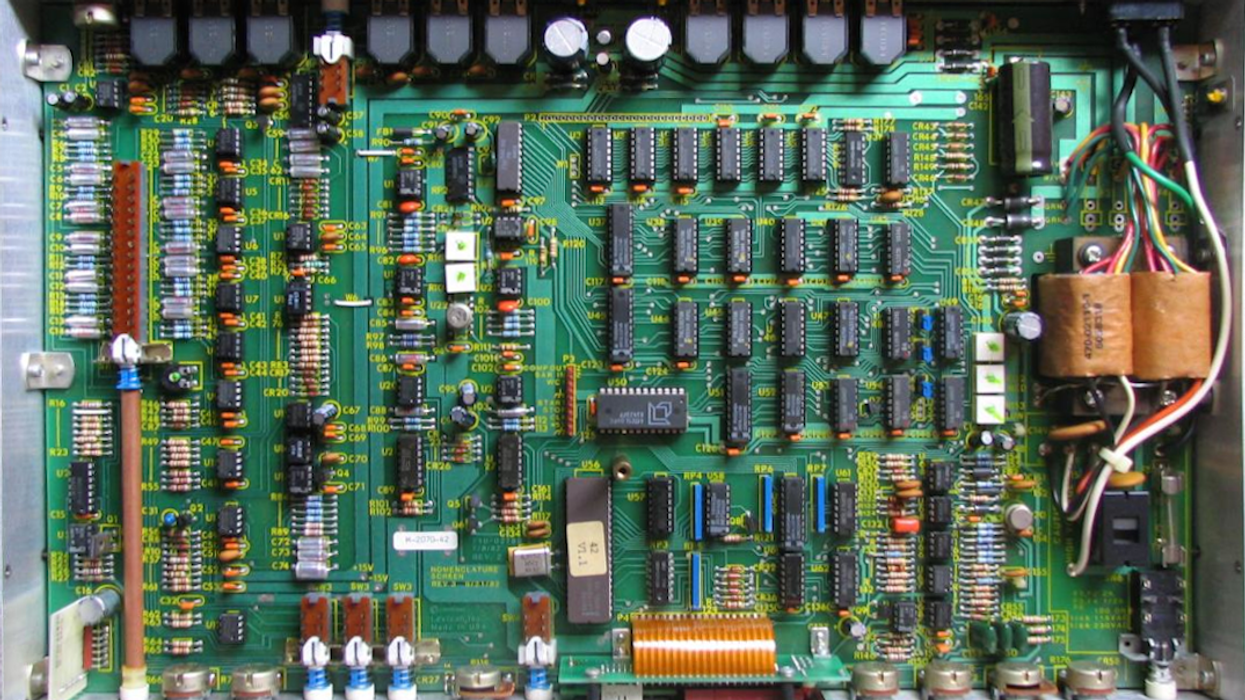

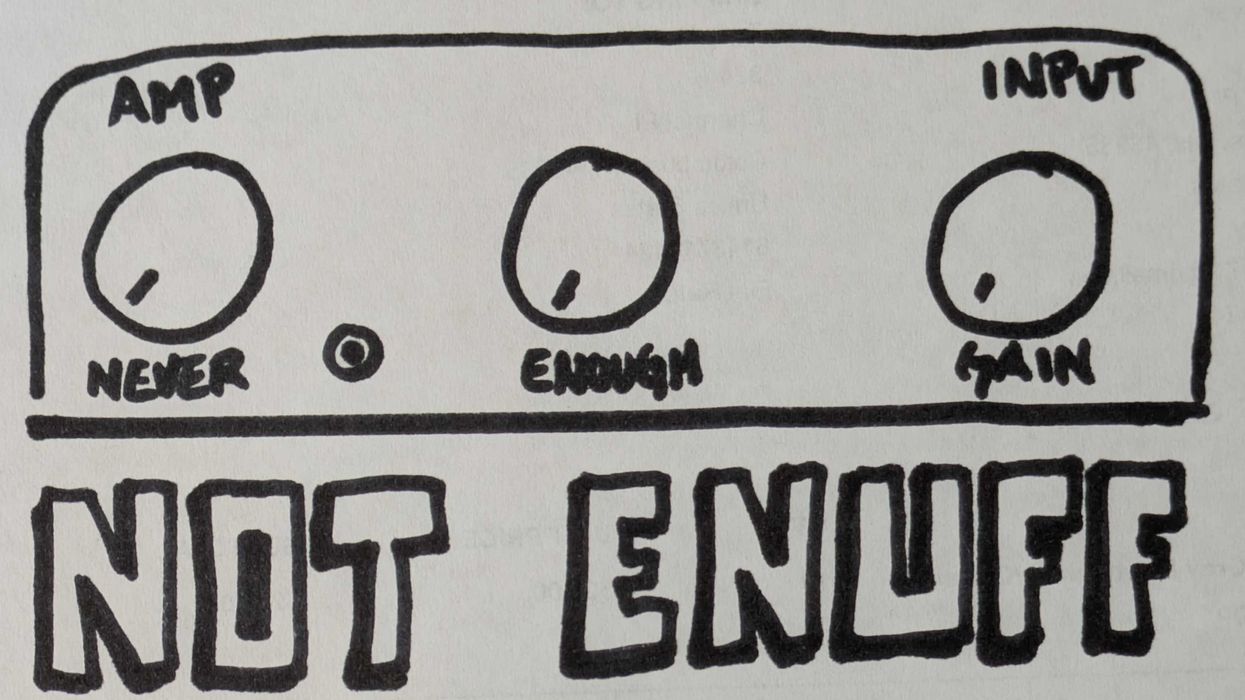
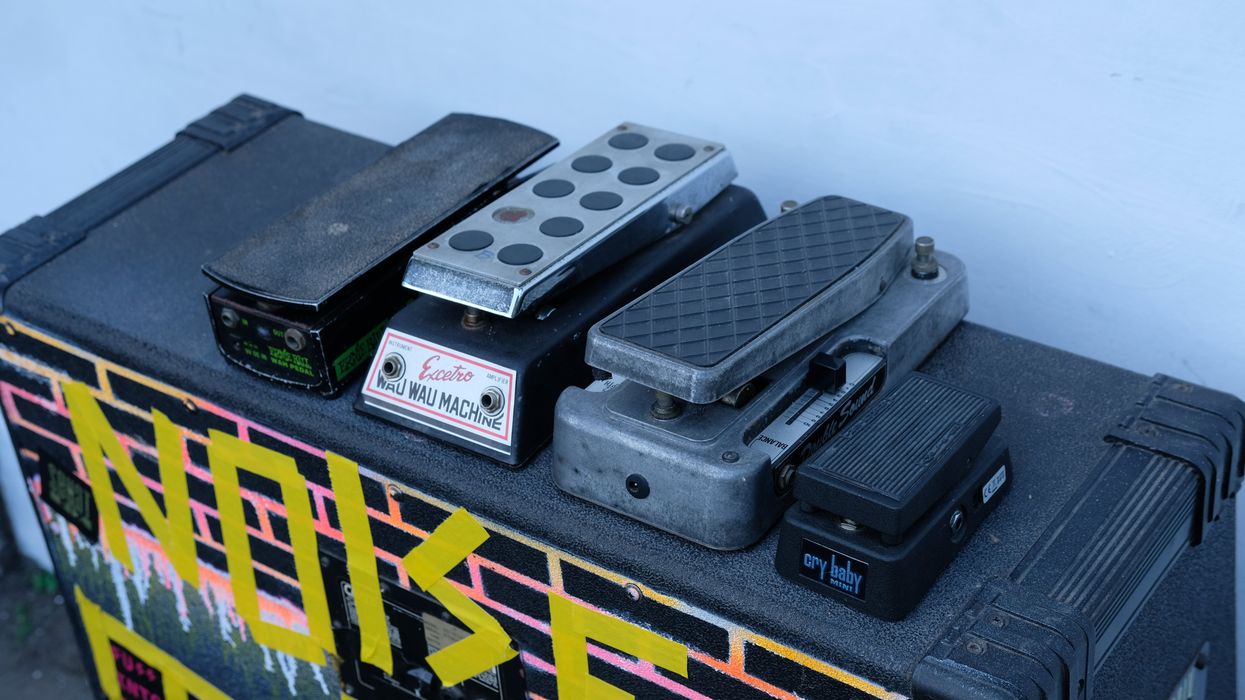
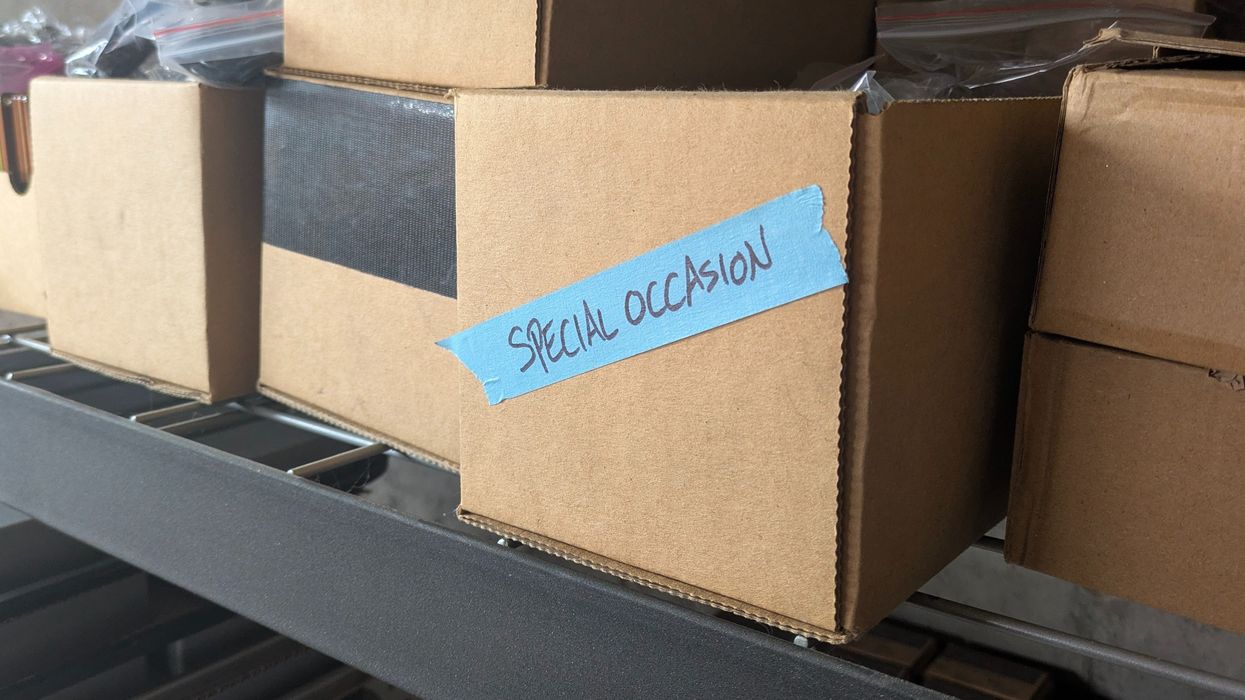
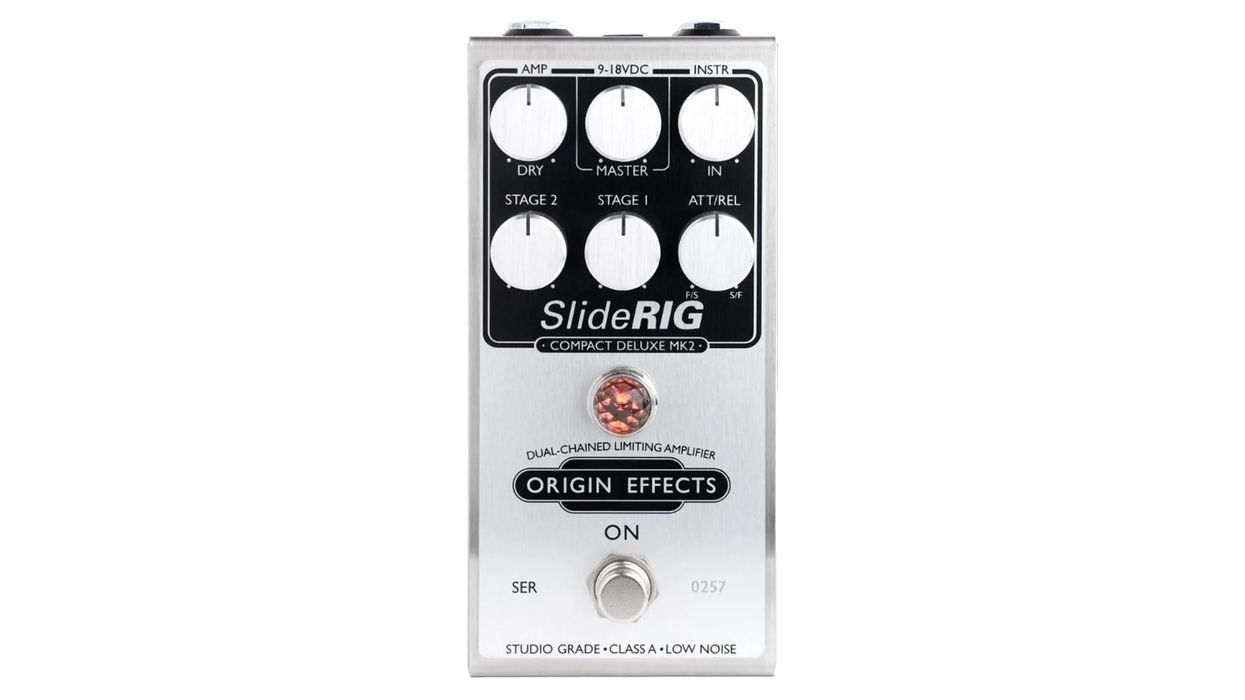




![Rig Rundown: Russian Circles’ Mike Sullivan [2025]](https://www.premierguitar.com/media-library/youtube.jpg?id=62303631&width=1245&height=700&quality=70&coordinates=0%2C0%2C0%2C0)


